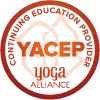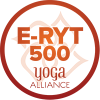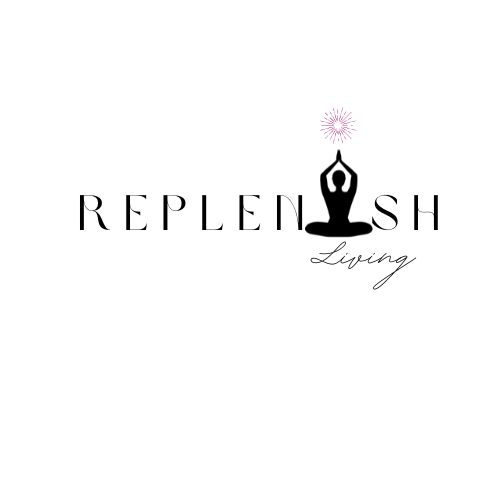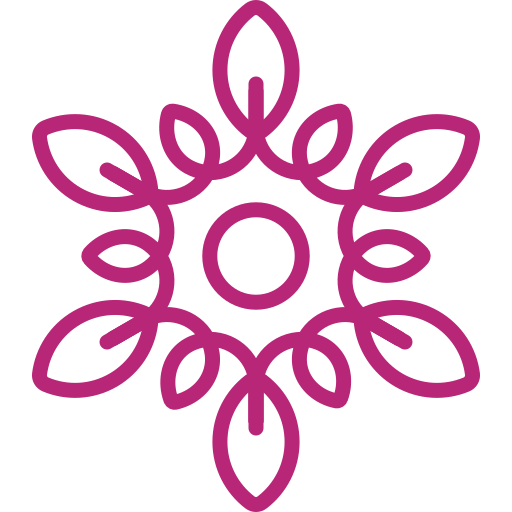Classes & Workshops
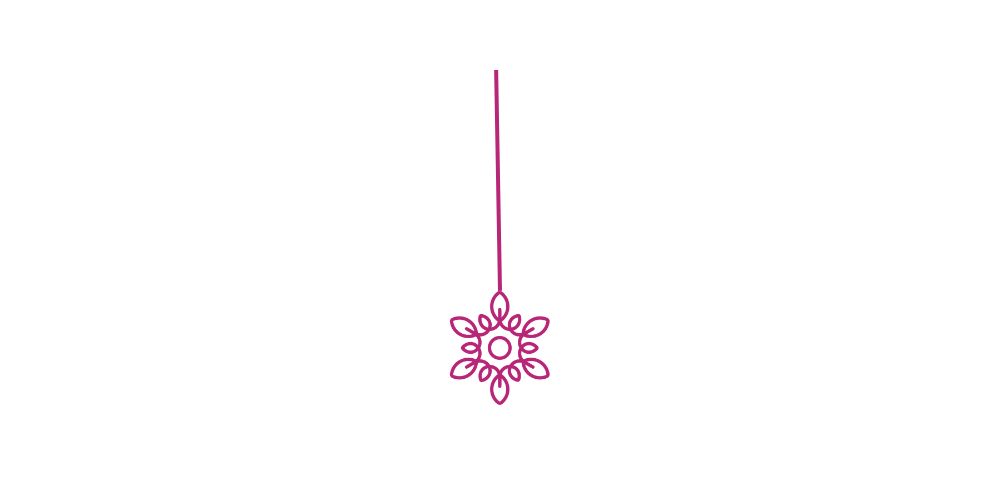
We Have a Class For You
Our Offerings
Looking for a specific class to bring to your studio or business? See below for descriptions of different classes that Replenish can bring straight to your location or private group.
Replenish Living offers a variety of classes, yoga series, workshops and retreats at various times and locations throughout the year. We invite you to join us in one of our upcoming classes or if you would like to bring us to your private group, yoga studio, or business, we can host a popup event of your choosing.
Classes we teach
Replenish prides itself in leading traditional classes that teach ancient wisdom for modern life. We practice whole Self wellness, allowing you to move through postures safely and without pain. Our attention to alignment and honoring the truth of your body encourages awareness and expansion while welcoming inner peace and calm.
Mantra is a sacred utterance (syllable, word, or verse) that is used to harness and focus the mind. It is often used in conjunction with meditation. Mantras are often used to attain higher states of consciousness and awareness, set and achieve intentions, and manifest positive affirmations. It can be a powerful tool in transforming negative energies in our life into positive. Our mantra practice will include the following:
- Om Gum Ganapatayei Namah
Lord Ganesha Mantra - Guru Brahma Gurur Vishnu
Guru Mantra - Om Namah Shivaya
Panchakshari mantra - Lokah Samastah Sukhino
A prayer for everyone’s happiness - Om Tryambakam Yajamahe
Lord Shiva Mantra - Hare Krishna Hare Rama
Mantra for Joy
Pranayama is the practice of breath regulation and control through various breath exercises and patterns. It is often practiced with meditation and/or yoga. This practice brings conscious awareness to your breath, which is thought to be the life force that energizes, restores, and relaxes your body.
Our pranayama practice will include the following:
- Breath Retention
Kumbhaka Pranayama - Channel Cleaning Breath
Nadi Shodhana Pranayama - Conqueror Breath
Ujjayi Pranayama - Deer Seal
Mrigi Mudra - Lion Pose
Wake Up Breath - Root Bond
Mula Bandha - Single Nostril Breath
Surya/Chandra Bhedana - Skull Shining Breath
Kapalabhati Pranayama
Meditation has been practiced for thousands of years. Meditation originally was meant to help deepen understanding of the sacred and mystical forces of life. Meditation is commonly used for relaxation and stress reduction. Meditation is considered a type of mind-body complementary medicine. Meditation can produce a deep state of relaxation and a tranquil mind.
We will cover these five meditation techniques:
- Introduction to Meditation
- Nada Yoga
- Mantra
- Silence
- Guided Meditation
Vinyasa yoga features movements synchronized to breathing, in which poses run together – or flow – to become dancelike. The breath acts as an anchor to the movement as you to move from one pose to the next in time with inhale and exhale. If you appreciate having things a little loose and unpredictable and like to keep moving, this style is definitely worth a try.
What to Expect: This style allows for a lot of variety, but will almost always include sun salutations. Expect movement, not just stretching. Vinyasa’s strength is in its diversity. There is no single philosophy, rulebook, or sequence that teachers must follow, so there is a lot of room for individual personalities and quirks to come through. Whether the class is fast or slow, includes inversions, or is very alignment-oriented will depend on the individual teacher and the particular style in which he or she is trained. Some classes include warm up stretches at the beginning, while others launch straight into standing poses. Some very popular yoga styles, including Ashtanga, Power Yoga, Jivamukti, and CorePower make use of the vinyasa method.
Looking for a slower, gentler yoga? Check out our Hatha classes.
This class offers relief from anxiety and stress by clearing the mind of our endless to-do lists and opening the mind to calm and stillness. Breathing exercises encourage the body to fully release tension (exhaling of the negative), while welcoming (inhaling of the positive) feelings of renewal.
What to expect: We focus on a handful of restorative postures that allow major joints to fully release, easing tension and pain. Each pose is fully supported with a variety of props to create a completely relaxing posture. Each pose is taught so that you can take the technique home and practice for ultimate relief of aches and pains, tension and stress. We will begin each class in a circle talking through and appreciating the baggage we are bringing in, and ultimately releasing. We encourage each student to bring a notebook for journaling as we practice clearing the mind prior to the physical practice. We will meditate, breathe and release.
“sun” (ha) and “moon” (tha)
Most forms of Western yoga are Hatha yoga, which refers to physical yoga poses (therefore, Ashtanga, vinyasa, hot yoga, etc. are all hatha yoga). Hatha practices are designed to align and calm your body, mind, and spirit in preparation for meditation.
Replenish Hatha classes feature gentle, basic yoga poses combined with pranayama breathing exercises, followed by seated meditation.
What to expect: A great intro to yoga, Hatha teaches gentle stretching, relaxation techniques and beginner poses.
Yin Yoga involves variations of seated and supine poses typically held for 3 to 5 minutes, accessing deeper layers of fascia. Yin yoga works deeply into our body with passive, longer-held poses. Energetically, Yin yoga improves the energy flow, enhancing the flow of chi in the organs. To be healthy, we need healthy organs as well as healthy muscles. Yin yoga poses tend to resemble poses used in other disciplines, but use different names. Despite the similarity of the poses, the yin versions are performed differently from their active, or yang, relatives.
This class will help you improve your flexibility by targeting the connective tissue of the body (ex. Tendons, fasciae, and ligaments). This intentionally slower-paced form of yoga will have you holding poses for longer periods of time compared to other traditional types of yoga, and will help to free energy blockages and provide you with a uniquely meditative space to unite with your mind, body, and spirit.
Core Yoga
A precise physical area (the abdomen), as well as an energetic space, the core is literally the center of our balance and strength. As our physical center, the core is also linked to emotional and spiritual elements of life. A strong core supports us physically in our yoga practices by preventing common injuries, and can also enhance our lives spiritually beyond the mat. A strong core makes us more resilient to life’s ups and downs.
What to expect: Core yoga class explores the muscles and healthy function of our body’s full anatomical core. You’ll learn how to connect to your core with breath and asana in order to develop stability, flexibility and strength. In terms of asana practice, core abdominal strength improves nearly every pose, offering a sense of balance and ease. When you step off of the mat, there are other benefits of a strong core, perhaps most obviously to support the lower back.
Nidra or sleep is one of the four major sources of energy which include food, sleep, breath and meditation. Sleep revitalizes our whole body and refreshes our mind. Yoganidra is a combination of sleep and meditation with added potency to energize our system. We are all familiar with the image of Lord Vishnu lying down in Yoganidra.
Yoga nidra works with the autonomic nervous system. The autonomic nervous system regulates processes of the body that take place without a conscious effort (heartbeat, breathing, digestion and blood flow).
Yoga Nidra, sometimes known as Yogic Sleep, is a powerful yogic technique that will help you explore the deep, vast layers of your subconscious to bring about healing, clarity, and peace. In this class, we will guide you through a series of guided meditations to bring your body into a deep state of relaxation while still keeping your mind awake. This transcending experience will not only help provide deep relaxation, it can also help improve your overall well-being through increased self-awareness and acceptance of the present moment.
VEDANTA PHILOSOPHY
This class will serve as a review and discussion of the history and timeline of yoga. We will explore the Vedanta school of philosophy, which emphasizes the harmony of all religions and that all beings are members of a single family. We will do a deep dive into other philosophies that have influenced the Vedanta philosophy such as Bhagavad Gita, Yoga Sutras, and Yamas & Niyamas. By the end of the class, you as the student will be able to describe the history of yoga, be able to demonstrate the connection to their current lives and identify the principles of the yogic philosophies.

